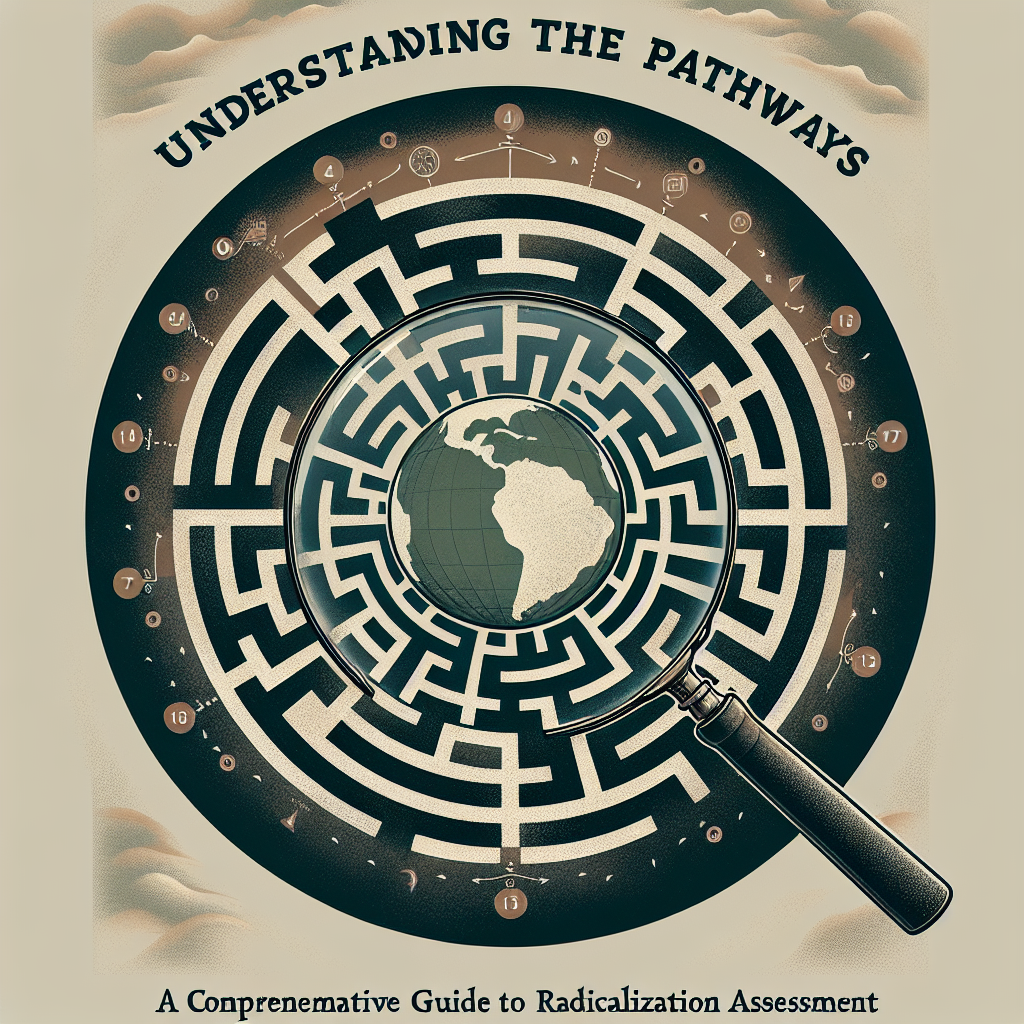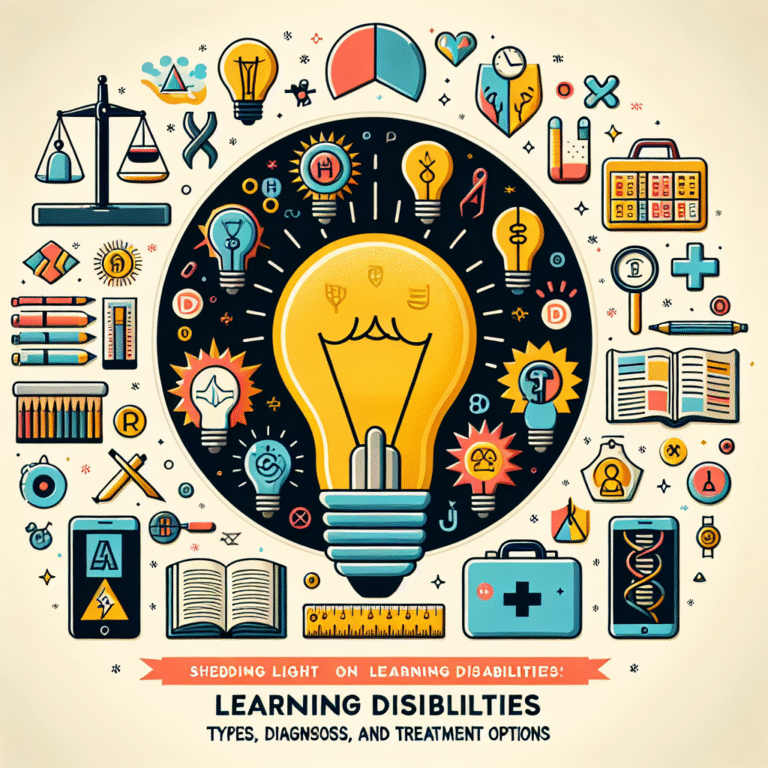
Introduction
In our increasingly interconnected world, the phenomenon of radicalization poses significant challenges to societies globally. Understanding the Pathways: A Comprehensive Guide to Radicalization Assessment dives deep into the critical elements of radicalization, offering insights into how extremism develops and how we can assess and intervene effectively. The urgency of tackling this issue has never been more crucial, as the implications of unchecked radical beliefs can lead to conflict, societal division, and even violence.
The need for a collaborative approach to understanding radicalization extends not just to policymakers and law enforcement, but to educators, community leaders, and individuals. This guide aims to provide a holistic view of radicalization, investigating the pathways that lead individuals towards extremist ideologies while empowering us to create comprehensive assessment frameworks.
Understanding Radicalization: A Framework Overview
What is Radicalization?
Radicalization refers to the process by which individuals come to adopt increasingly extreme political, social, or religious ideologies, often leading to the justification of violence in pursuit of these beliefs. Understanding this concept is fundamental to developing effective assessment methods and prevention strategies.
The Factors Influencing Radicalization
Several factors contribute to radicalization, including:
- Sociopolitical Context: Historical grievances, social injustices, and political oppression can create fertile ground for extremist ideologies.
- Psychological Factors: Individual psychological vulnerabilities, such as identity crises or experiences of trauma, can drive individuals towards radical beliefs.
- Group Dynamics: Peer influence and group affiliations can significantly affect one’s ideological stance, often facilitating radicalization.
- Online Influence: The digital landscape offers platforms for information sharing and community building, which can accelerate the radicalization process.
The Radicalization Pathway: Key Stages
1. Pre-Radicalization
Pre-radicalization is characterized by an individual’s ordinary life circumstances, where they may be exposed to various ideological influences but have not yet committed to extremist beliefs. Key factors include:
- Social Environment: Community interactions and the presence of radical influences.
- Life Experiences: Personal grievances and transformative events that might lead an individual to question their beliefs.
Case Study: The Role of Community
In a neighborhood affected by economic decline, youth may feel marginalized. A community-based program aimed at re-engagement can divert attention from extremist ideologies. Further, community outreach has proven effective in demonstrating a different pathway—a compelling example of how understanding pre-radicalization can facilitate intervention.
2. Radicalization
This stage encompasses the initial adoption of extremist beliefs. Individuals begin to align with a group or ideology, justifying actions that align with their newfound beliefs. Factors include:
- Ideological Exposure: Access to extremist narratives via social media or in-person groups.
- Reinforcement from Groups: Validation from peers who share or promote radical ideologies.
Case Study: Online Radicalization
A young individual may begin following extremist activists on social media. This case emphasizes the necessity for comprehensive monitoring and intervention strategies that can identify early signs of radicalization through digital footprints.
3. Movement to Violent Extremism
This is the transition where beliefs translate into actions. Individuals may engage in planning or executing violent acts. Key indicators include:
- Increased Secrecy: Concealing behaviors and intentions from friends and family.
- Associating with Extremist Groups: Seeking out networks that encourage and endorse violent actions.
Case Study: Path to Violence
A case involving an individual who went from online discussions to participating in extremist gatherings illustrates the critical need for preemptive assessment tools that can identify at-risk individuals before they engage in violent acts.
Assessment Techniques and Tools
Implementing effective radicalization assessment requires an array of techniques:
1. Behavioral Indicators
Monitoring visible changes in behavior can help in early detection. Common indicators include:
- Sudden changes in social circles or friendships.
- Increased isolation from family and old friends.
- Adopted extreme views on social media.
2. Psychometric Assessments
Using validated psychological tests can provide insights into an individual’s mindset and potential vulnerabilities. These tests should consider:
- Personality traits.
- Historical grievances.
- Current life stressors.
3. Community Engagement Initiatives
Fostering open discussions around radicalization topics within communities can be instrumental in prevention. Community programs can help:
- Build trust with authorities.
- Encourage individuals to speak out against radical ideologies.
Table: Indicators of Radicalization by Stage
| Stage | Behavioral Indicators | Social Indicators | Online Indicators |
|---|---|---|---|
| Pre-Radicalization | Isolation from peers | Frustration with society | Engaging with diverse online groups |
| Radicalization | Justifying extreme views | Frequent meetings with extremist peers | Following radical content online |
| Movement to Violence | Secretive behavior | Withdrawn from family | Active participation in extremist forums |
Engaging the Stakeholders
Importance of Multi-Disciplinary Approaches
To Combat radicalization effectively, a multi-disciplinary approach is essential. This involves various stakeholders:
- Government Agencies: Development of policies and training programs.
- Civic Organizations: Building community resilience against extremism.
- Educational Institutions: Teaching critical thinking and fostering dialogue.
Collaboration Among Agencies
Collaborative frameworks that include law enforcement, social services, and community leaders can create robust intervention strategies. Programs focusing on disengagement from extremist ideologies are effective when multiple parties work together to provide a supportive environment for at-risk individuals.
Conclusion
Understanding the Pathways: A Comprehensive Guide to Radicalization Assessment emphasizes the significance of early intervention and comprehensive assessment techniques. As societies evolve, so too must our strategies in combatting radicalization. By recognizing the pathways individuals take towards extremist ideologies, we fortify our defenses against potential violence while fostering community resilience.
Actionable Insights
- Community Vigilance: Stay aware of shifts in social dynamics around you.
- Engagement with At-risk Individuals: Approach those showing signs of radicalization with understanding and support.
- Educate Yourself and Others: Promote awareness about extremist narratives and share this knowledge within your community.
FAQs
1. What is the first sign of radicalization to look for?
The first signs often include isolation from previous social circles and increased secrecy about personal matters.
2. How can communities prevent radicalization?
By fostering open dialogue about extremism, communities can build trust and understanding that may deter individuals from adopting extremist beliefs.
3. Are there assessments available to evaluate radicalization risk?
Yes, various psychometric assessments and behavioral evaluation tools are available that help identify individuals at risk of radicalization.
4. What role does social media play in radicalization?
Social media platforms can act as echo chambers, allowing individuals to immerse themselves in extremist ideologies and find like-minded individuals.
5. How can families help prevent radicalization?
Families can promote open conversations, create supportive environments, and educate themselves and their loved ones about the signs and implications of radicalization.
In conclusion, understanding radicalization through the lens of comprehensive assessment enables us to build a safer society. Through action, education, and vigilance, we can mitigate the risks posed by extreme ideologies and foster a culture of understanding and peace.

















